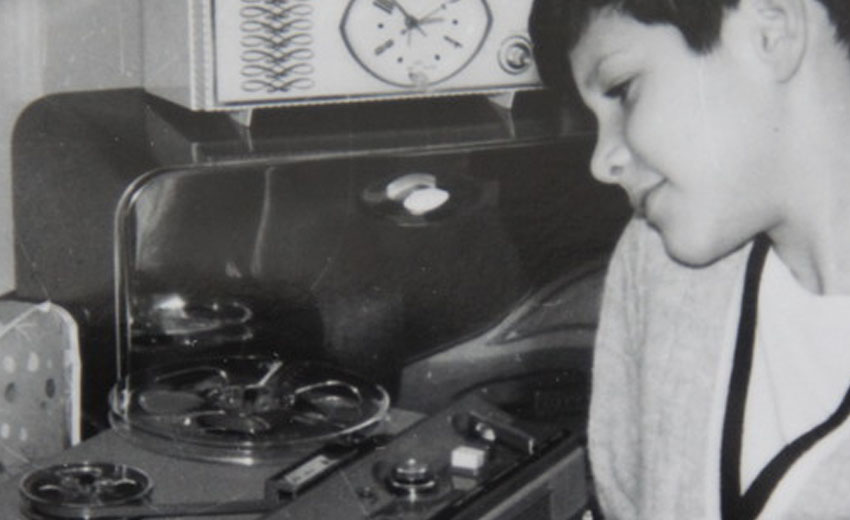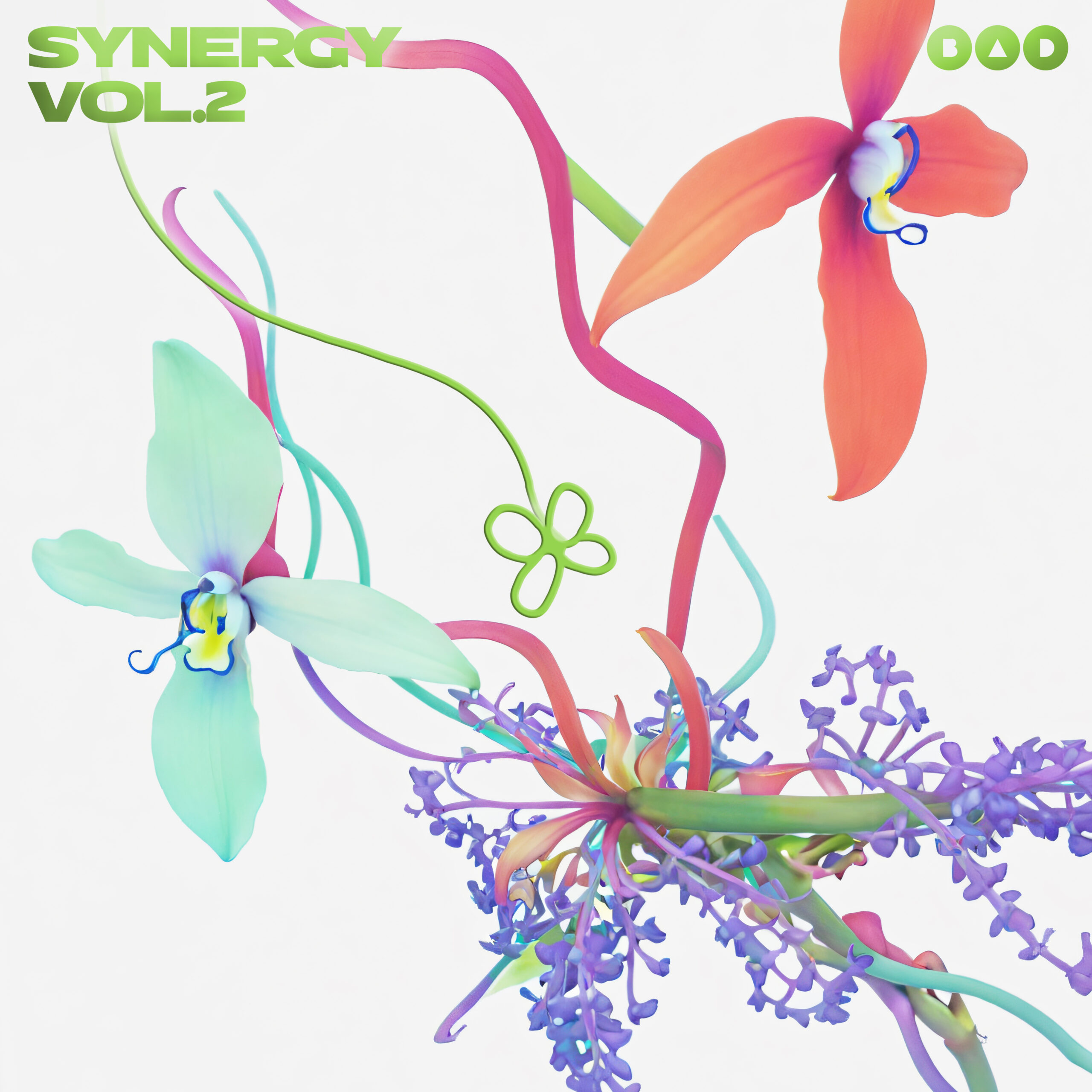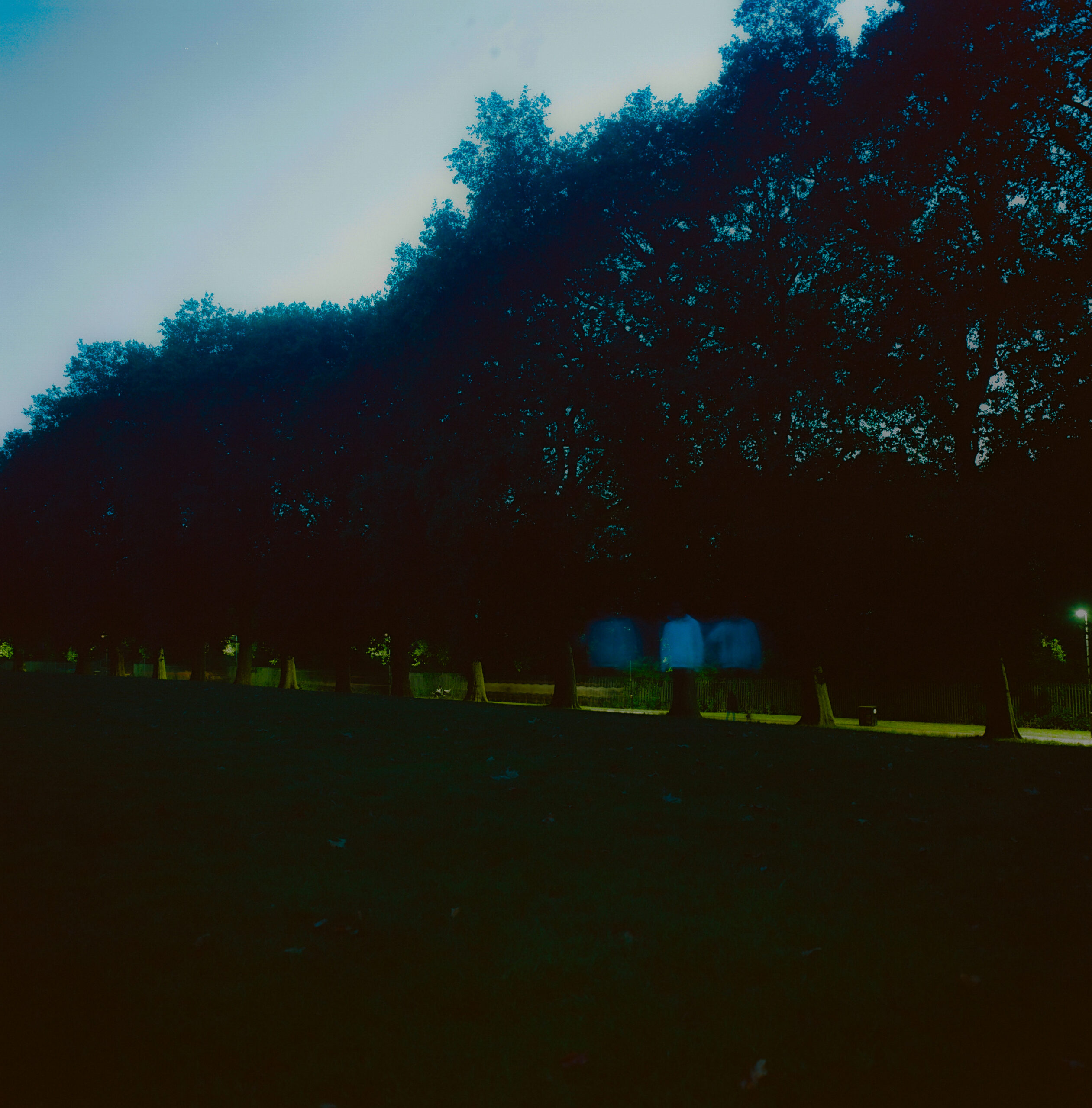K. Leimer Talks

Kerry Leimer isn't a household name. He's not likely to become one very soon, but then, visionaries rarely do. In the early 70s the young, Seattle based Leimer found himself drawn to the sprawling sonics of the likes of Can, Faust and Neu! Soon he was investigating the pioneering ambient work of Fripp and Eno, and realising the potential to make entirely new forms of music. Scouring the local pawn shops for cheap equipment, Leimer amassed a set up built from Moogs, tape machines 8 tracks and detritus, and embarked on a career recording a series of ambient classics. By '79 he had set up his own Palace of Lights label, renamed himself K. Leimer in homage to Kafka's doomed anti-hero Josef K, and set about releasing his debut album 'Closed System Potentials', which proved to be a hit on the small, dedicated, and at the time nameless scene.
Now, the ever reliable RVNG Intl. label have approached Leimer for their archive series, collating a compilation that looks back at Leimer's vast unreleased archives. The end result 'A Period of Review' shines a light on the evolution of a sound with few fore-bearers. Veering from New Age whimsy to deeply emotive washes of melancholic sound, and occasional bizarre shots of outsider pop, the album trips from the strange to the sublime and back. It demonstrates an artist operating on his own terms, so far ahead of the curve, we're not sure he'll ever be caught.
Where were you when you wrote the tracks on this retrospective?
A few different places: a shared house with my friend Robert Carlberg which was taken over by our equipment and instruments. The only rooms that weren’t crowded with equipment were the bedrooms, and they were full of books. Later, while I was working in Seattle I rented a house in town, which steadily turned into the Palace of Lights studio during the late 1970s and early 1980s.
Was there a key piece of kit to making the music, something that everything else sparked from?
For these pieces it was a string of Moog Synthesizers, scaling steadily from a Micromoog to a Minimoog to a Memorymoog. But ultimately the most important items were the tape recorders: starting with a single TEAC 3340s, adding another and then finally getting a very lovely MCI 8-Track reel-to-reel that we’d bounce down to a Studer halftrack. The MCI was a lot of work, constant calibration and alignment – I can’t recall what the calibration tapes cost, they were very dear –but it made wonderful recordings and having 8 separate tracks prior to doing a bounce was great.
How well do you remember the process? What was inspiring you?
I was never very systematic, so the process was routinely reinvented. Reactive is probably the best way to describe it: perhaps starting out by emulating something I had heard and liked; adding and subtracting sounds, crushing EQ, some tape manipulation, various mistakes. The instruments weren’t really geared towards the absolute replication of settings, as they are now. You could never get exactly back to a specific sound on a synthesizer, which I think was actually a very good thing when compared with the absolute mania for repeatability that’s such an integral feature of digital systems now. But, being able to continually edit and being routinely thrown back to some new starting point contributed enormously to the process. Lots of dead ends, but generally rewarding.
And all the while listening to The Faust Tapes, Zuckerzeit, Metamatic, Pink Flag, The Madcap Laughs, Harmonia and others was a constant stimulant.
Did you feel like you were operating on your own, artistically speaking, or were you part of a ‘scene’ of sorts?
Through recording I met some remarkable artists: Steve Peters, who I feel was doing some of the most beautiful and significant work then and now, and Marc Barreca and others of like or related interest – Steve Fisk, Gregory Taylor, Michael William Gilbert, Roy Finch, Alan Greenberg, Dennis Rea – so, the scene as I knew it was small in number and generally uninterested in connecting with the locals that were aspiring to be commercially accepted.
When you listen back to this retrospective, how similar does it sound to your memories of the recordings? Were there any surprises? Do you have any favourite tracks?
Genrally it seems a little better than I remember, which isn’t saying much, really. You have to laugh really, because the surprise for me is that any of it is still around. But it all sounds much better thanks to the extensive repairs, and it has a kind of authenticity. I still like the same tracks – the three that have always stood out to me are “All Sad Days”, “The Vanishing Fountain” and “Malaise”. All melancholy, noisy and highly imperfect artifiacts.
There’s quite a spiritual feel to a lot of the compilation –was this something you were aiming for?
I’m the least spiritual person you’d care to know. Music is often given metaphorical / allegorical roles, which I emphatically disagree with. In the most basic way it’s stuff like “A Young Person’s Guide to the Orchestra” where the oboes represent fawns or something. It’s been a struggle, actually, to learn to listen to music as music and not as metaphor. It reached a point that I felt the need to be quite overt about this point, even titling a piece “Music that conceives of itself as music” – the often futile effort to “clarify meaning” or at least intention.
And again, a lot of the music is quite melancholic, was this a reflection of where you were at at the time of writing?
While I tell myself that the music I pursue now is generally emotionally neutral, I’ve always been naturally drawn to sad music, to elegy. Decay, at the end of a note or across the repeats of an open loop, is quite actually decay, wearing down the original into something different which finally collapses into silence or noise. In the early loop pieces, the presence of that sort of collapse was pretty much the point for me, and I still persist towards the melancholic frame.
Tracks like Ikumi sound futuristic even now – were you particularly interested in futuristic themes? Does the 21st Century match up to what you envisaged in the 80s?
I had never envisaged anything in that regard, maybe too often subsumed by the present. I had relied on Fripp for pronouncements on the future: “Let the Power Fall” and all. And Firesign Theater, of course…
Can you tell us about the Palace of Lights label – what was the ethos behind it? And what are your favourite releases from it?
It’s probably an experimental and sort of early lower case aesthetic, mostly tending towards the quieter, more reflective states and uninteretsed in commercialism. There’s always a machine presence: the equipment we all use tends to play an equal and deciding role in the various outcomes. All the releases have something to recommend them, as well as having their own share of problems. Of my own work, I like “Permisisons” best, simply because the finished product surprised me. And Marc Barreca’s “Tremble” is very good.
What are you making now?
I just completed a collaboration with Marc Barreca titled “Premap” which releases in May. And we’re about to release another collaboration, by Gregory Taylor and Darwin Grosse titled “Tourbillon Solo”. “The Grey Catalog” – my most recent solo CD is being mastered now – and I’m in the studio at work on a new series of pieces. Next year RVNG is releasing a similar retrospective on the work of my artificial band, Savant.
Do you think that modern music has taken on board any of the pioneering work you were making in the 70s and 80s?
If you dump the popular stuff from that period you’d find that under all the disco, prog excess and pop detritus the 1970s in particuar were incredibly energetic, inventive years. As the technology spread the approaches and aesthetic sesibilites came along to such an extent that so much of what seems routine today, especially in terms of signal manipulation, did in fact begin then – with differing aims of course. What interests me most about “A Period of Review” is the sense that it really is that period now in review. So many years on, in the constant rush and search for something “new” there’s plenty of evidence that alot can be overlooked and never fully comprehended. Especially now, when more work is published than any one individual could ever hope to have even a passing familiarity with, it’s always helpful to at least understand the way ideas and aesthetics about expression originate and evolve.
K.Leimer – A Period Of Review (Original Recordings 1975 – 1983) is released in the UK on May 12th via RVNG Intl – pre-order a copy here


















Must Reads
David Holmes – Humanity As An Act Of Resistance in three chapters
As a nation, the Irish have always had a profound relationship with the people of Palestine
Rotterdam – A City which Bounces Back
The Dutch city is in a state of constant revival
Going Remote.
Home swapping as a lifestyle choice
Trending track
Vels d’Èter
Glass Isle
Shop NowDreaming
Timothy Clerkin
Shop Now